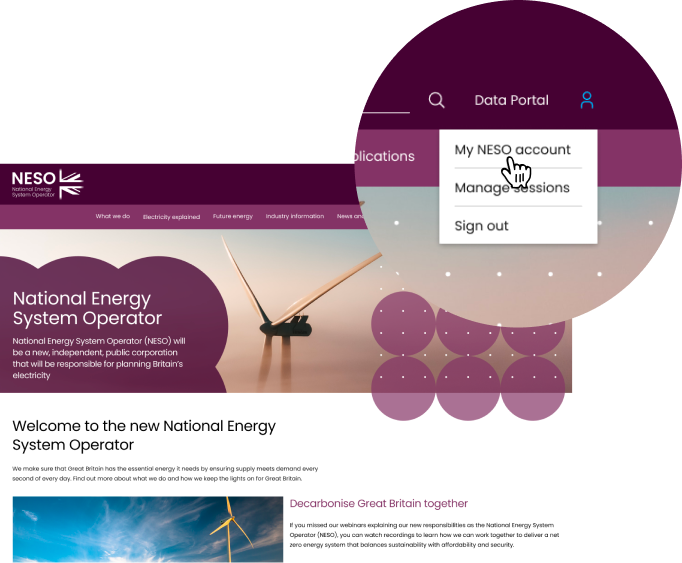Revamp Interconnector Ramping Arrangements (RIRA)
Project summary
National Grid Electricity System Operator (ESO) often encounters scenarios where cross-border markets react to the same price signals simultaneously, leading to rapid changes in interconnector (IC) flow and frequency deviations (potential swing to 12GW and a maximum ramp rate of 500MW/min when these interconnector ramp rates are combined).
| Name | Status | Project reference number | Start date | Proposed End date |
|---|---|---|---|---|
| Revamp Interconnector Ramping Arrangements (RIRA) | Complete | NIA2_NGES042 | Feb 2023 | Apr 2023 |
| Strategy theme | Funding mechanism | Technology | Expenditure | Third Party Collaborators |
|---|---|---|---|---|
| Net zero and the energy system transition | NIA_RIIO-2 | Commercial | £300,000 | baringa |
Multiple control room actions must be taken by the ESO to accommodate these large changes and managing them with a fixed ramp rate of 100MW/min is financially intensive.
With IC capacity due to double by 2030, the ESO will need additional operational tools to ensure security of supply This project will develop a cost benefit analysis (CBA) review of possible solutions to help solve this issue.
Benefits
- Minimise use of costly real-time actions
- Lower balancing costs and benefits to end consumers
- With IC capacity doubling by 2030, the ESO additional operational tools will ensure security of supply
- Removal of current arrangements from bilateral agreements aids transparency to the market
- Demonstrate that individual obligations for interconnectors can be incorporated into current industry standard frameworks
Outcomes
The project has developed a CBA to quantify a solution which it will present to industry for including interconnector ramping into the codes. The CBA will support driving further conversations in the industry working groups and the workgroup report which will be sent to Ofgem for review. This will allow for the solution to be included in the Grid Code and allow more control for the control room engineers to manage fast interconnector ramping.
Lessons Learnt
- This was a short project and was driven by deadlines to deliver. There were some challenges in setting up the contract and governance which, on reflection, there should have been more time allocated for.
- There was an additional request from industry to consider another avenue in the modelling which resulted in a change request being submitted. In order to allow for this in the future, there could have been more time allocated in phase 2 to ensure all considerations could be captured and included.
| Name | Published |
|---|---|
| NIA2_NGES042 Close Down Report | 27 Jul 2023 |
| Interconnector_Ramping_CBA_Presentation | 27 Jul 2023 |
| Appendix_Detailed Options Methodology | 27 Jul 2023 |
| NIA Project Registration and PEA Document | 9 Mar 2023 |
